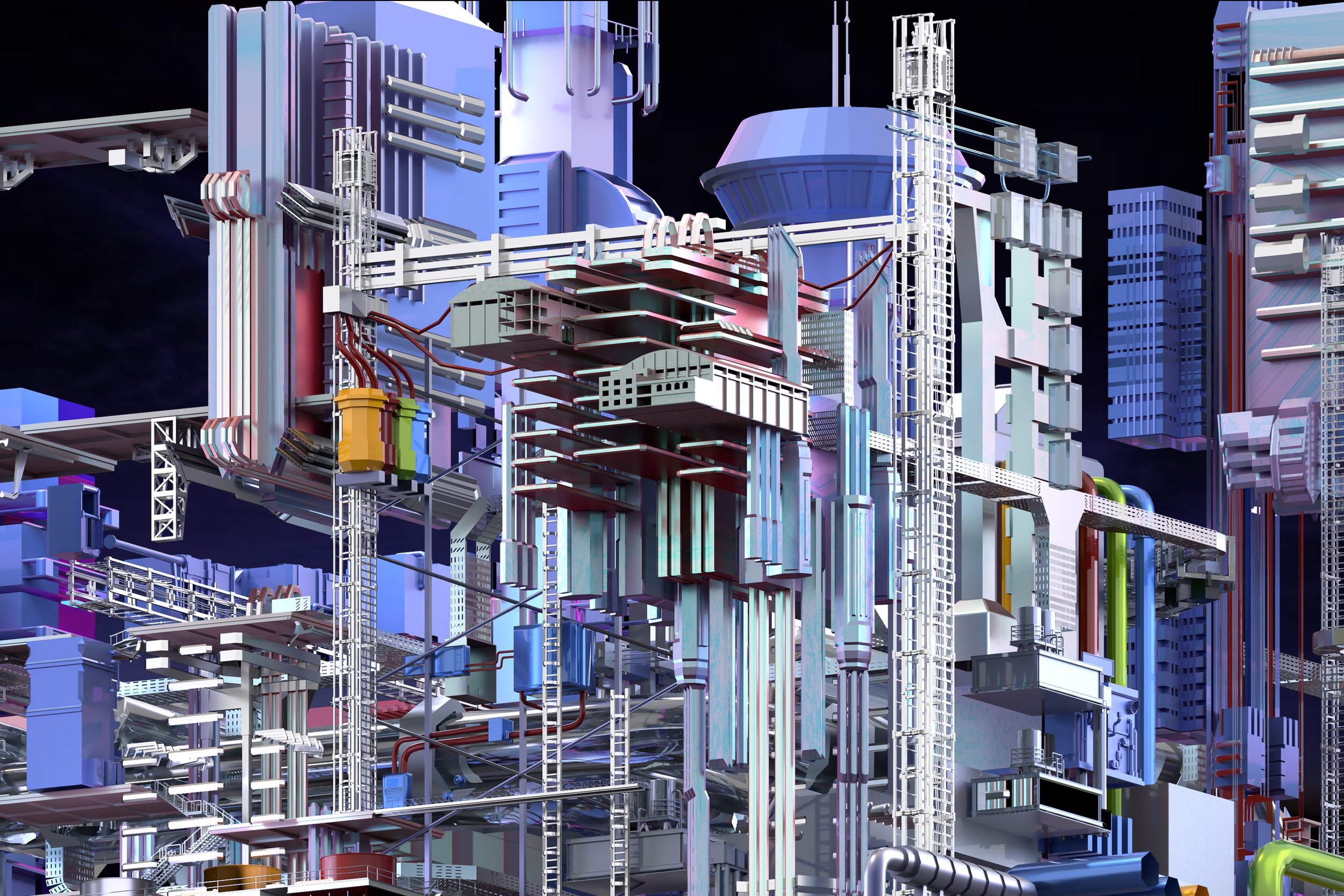
URBAN ANTIDOTE.
Cities as Medical Instruments of Assistance
The measure of time has never been taken as an accurate dimension but as a subjective perception. The architectural object can no longer be considered a single, isolated event, it is limited by the world surrounding it and its history. Relying on its specific architectural conditions to extend its life to other objects, thus establishing a series of related events.
Cities as the medical instrument of assistance incubate new attitudes toward form and spatial organization. Fetishizing the sanitized aesthetic. it’s about how the city and architecture start to reflect broader changes in society. Composed together in unconventional ways to generate space usage and behavioural activities. Their role is potentially inferred by their changing size and markings and shapes and their location in the city. This is a reorganization mechanism using the medical facility as the quality of spatial architecture. As cities take on new capabilities to shelter their occupants. All of these conditions are creeping in and building the city, from which the machine aesthetic is born.
We’re not talking about those who are very physically fit, we’re talking about those who are the weakest. It looks like the city itself is in therapy. To return to intimate urban Spaces and shelter the occupants. To empty the city of authenticity.

